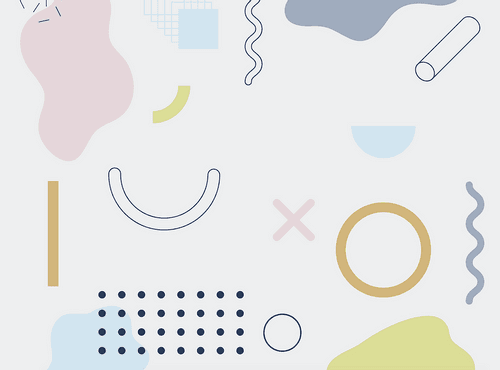3 Shortcuts to High-Level Thinking
Curated from: medium.com
Ideas, facts & insights covering these topics:
6 ideas
·45.4K reads
114
Explore the World's Best Ideas
Join today and uncover 100+ curated journeys from 50+ topics. Unlock access to our mobile app with extensive features.
Shortcuts to smarter thinking
With time, our brains develop clever artifices to help solve common problems. These repeated concepts are called heuristics: algorithms, procedures or rules of thumb that simplify decision making.
When we rely on heuristics for making decisions and solving problems, we save mental energy for complex or high-level decisions.
1.85K
9.61K reads
The problem with heuristics
The problem with using this appears we rely too much on using our existing heuristic patterns without modifying them, because that can create a state of mental stagnation.
Mental operations are affected by mistakes such as cognitive biases, if we are not careful.
1.59K
6.04K reads
Understanding the bigger picture
We like to be right. And to protect our desire to be right, we look for evidence that supports our ideas and ignore evidence that contradicts them.
But to construct a holistic view about anything, we have to aim to understand the big picture and be particularly critical of sources that support our beliefs.
1.72K
5.28K reads
Comfortable with feeling uncomfortable
In the long-term, comfort is bad for your brain.
Seeking new experiences, learning new skills, and opening the door to new ideas inspire us and educate us in a way that improves mental clarity.
2.04K
6.05K reads
“It’s the willingness to leave the comfort zone that is the key to keeping the brain new.”
MICHAEL MERZENICH
2.43K
11.2K reads
Cultivate your curiosity
Curiosity is the force that activates and sustains lifelong learning.
A naturally curious mind takes interest in a wide range of subjects to find connections to help solve everyday problems better.
1.85K
7.19K reads
IDEAS CURATED BY
For every question, there is an answer. For every problem, there is a solution. For everything else, there is an explanation.
Ryker 's ideas are part of this journey:
Learn more about problemsolving with this collection
How to find purpose and meaning in life
How to cultivate gratitude
Techniques for managing negative thoughts
Related collections
Similar ideas
Read & Learn
20x Faster
without
deepstash
with
deepstash
with
deepstash
Personalized microlearning
—
100+ Learning Journeys
—
Access to 200,000+ ideas
—
Access to the mobile app
—
Unlimited idea saving
—
—
Unlimited history
—
—
Unlimited listening to ideas
—
—
Downloading & offline access
—
—
Supercharge your mind with one idea per day
Enter your email and spend 1 minute every day to learn something new.
I agree to receive email updates


